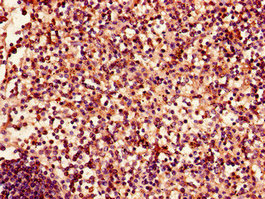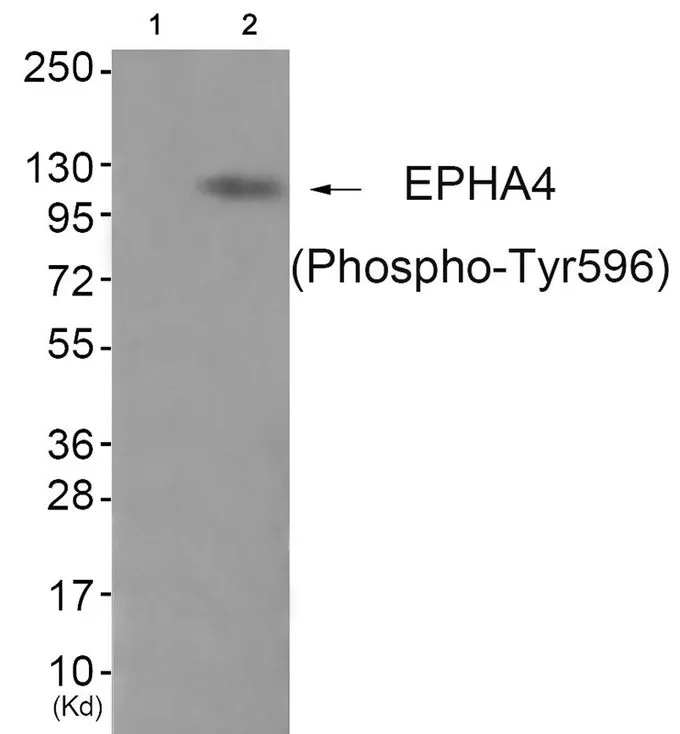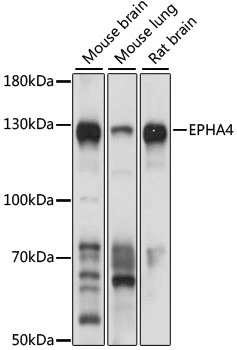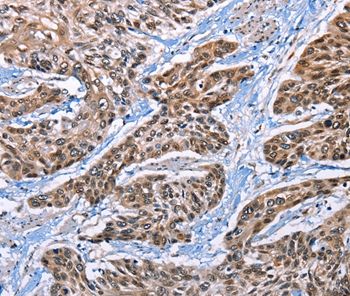EphA4 antibody [N3C2-2], Internal
GTX111602
ApplicationsWestern Blot, ImmunoHistoChemistry, ImmunoHistoChemistry Paraffin
Product group Antibodies
TargetEPHA4
Overview
- SupplierGeneTex
- Product NameEphA4 antibody [N3C2-2], Internal
- Delivery Days Customer9
- Application Supplier NoteWB: 1:1000-1:10000. *Optimal dilutions/concentrations should be determined by the researcher.Not tested in other applications.
- ApplicationsWestern Blot, ImmunoHistoChemistry, ImmunoHistoChemistry Paraffin
- CertificationResearch Use Only
- ClonalityPolyclonal
- Concentration0.97 mg/ml
- ConjugateUnconjugated
- Gene ID2043
- Target nameEPHA4
- Target descriptionEPH receptor A4
- Target synonymsEK8, HEK8, SEK, TYRO1, ephrin type-A receptor 4, EPH-like kinase 8, TYRO1 protein tyrosine kinase, receptor protein-tyrosine kinase HEK8, tyrosine-protein kinase TYRO1, tyrosine-protein kinase receptor SEK
- HostRabbit
- IsotypeIgG
- Protein IDP54764
- Protein NameEphrin type-A receptor 4
- Scientific DescriptionThis gene belongs to the ephrin receptor subfamily of the protein-tyrosine kinase family. EPH and EPH-related receptors have been implicated in mediating developmental events, particularly in the nervous system. Receptors in the EPH subfamily typically have a single kinase domain and an extracellular region containing a Cys-rich domain and 2 fibronectin type III repeats. The ephrin receptors are divided into 2 groups based on the similarity of their extracellular domain sequences and their affinities for binding ephrin-A and ephrin-B ligands. [provided by RefSeq]
- Storage Instruction-20°C or -80°C,2°C to 8°C
- UNSPSC12352203




![WB analysis of truncated Trx-EphA4 recombinant protein (1) andtruncated GST-EphA4(aa777-986) recombinant protein (2) using GTX83018 EphA4 antibody [7D3D4].](https://www.genetex.com/upload/website/prouct_img/normal/GTX83018/GTX83018_20170912_WB_w_23061322_402.webp)


